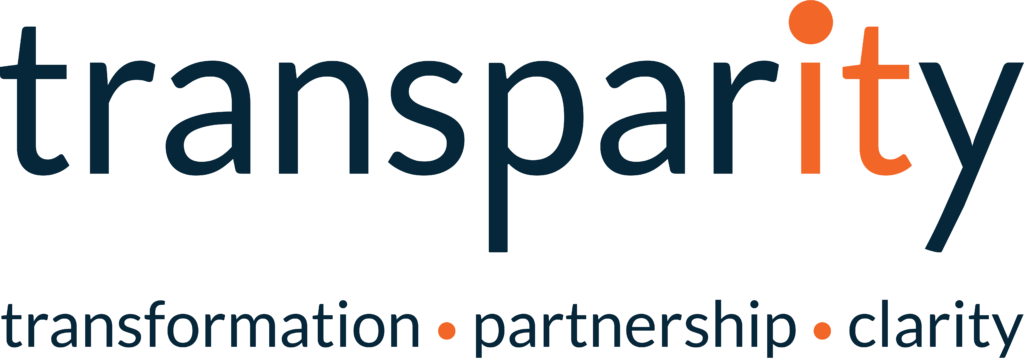How to ensure your OT stays secure
For many years, Operational Technology (OT) has managed and monitored the performance of individual devices for organisations across a wide range of industries, including manufacturing, transportation and utilities.
Because it sits at the very core of processes, OT has played a critical role in ensuring productivity, efficiency and compliance for businesses of all sizes – not to mention, the health and wellbeing of society at large.
OT is often the catalyst that enables goods to be manufactured in factories. Hospitals and healthcare providers rely on OT to maintain quality of patient diagnoses and treatment. In short, it acts as the oil in the engine for many of the products and services we all enjoy in our daily lives.
OT and IT: balancing reward with risk
Traditionally, OT was used in industrial control systems for monitoring and adjusting physical equipment and machinery. Adjusting these devices was mechanical with closed, proprietary protocols rather than being networked.
OT was siloed, operated locally and in isolation from other technologies and locations. However, as technology has developed, they have become increasingly connected, opening up greater opportunities for remote control and more precise monitoring.
To bridge the disconnect, in recent years OT has converged with IT systems as part of the Internet of Things, to support organisations in meeting their increasing compliance demands and providing integrated data analysis across the board.
Linking IT systems to OT devices in this way makes business processes more intelligent and informative. Wireless connectivity enables administrators to monitor systems more accurately and control physical devices remotely. Data can then be analysed in real-time, so improvements can be made faster and more effectively.
For example, in a factory setting, a converged IT/OT system can analyse the entire manufacturing process end-to-end, to highlight any inefficiencies and potential areas for improvement – giving management the opportunity to take action and make operations more profitable. The same system can identify the optimal times for device maintenance to be carried out, to maximise lifespan and minimise downtime – all of which saves a significant amount of money.
But there is a downside. Having all these devices connected and collaborative leaves them vulnerable to all the same security breaches that threaten the rest of IT – financial loss, reputational damage, falling customer confidence and even jeopardised national security. Mitigating these risks are vital, not only to keep organisations safe, but also to keep critical infrastructure functioning.
These vulnerabilities are very real. 90% of organisations have experienced an OT security breach – 58% in the past 12 months – and more than three in four expect regulatory pressure to increase over the next two years.
For these reasons, almost everyone anticipates major challenges in moving towards converged IT and OT regarding security, including a lack of third-party and/or in-house expertise to support the convergence itself, and the potential leakage of sensitive or confidential data.
Siloed processes and teams can exacerbate these problems still further. Individual teams in an organisation often have different priorities, giving rise to different approaches and appreciation of risk within IT. When it comes to shared OT, therefore, this creates inconsistencies which can manifest as inefficiencies through wasted or duplicated effort and conflicting practices. Together with mounting concerns around privacy and compliance, this means there is a real need for a holistic approach that ensures OT governance and best practice on an organisation-wide basis.
Solutions to keep you safe
Microsoft’s extensive security suite provides advanced, integrated protection against OT threats. Using the latest AI, Machine Learning and Microsoft Graph Security API and applying the principles of Zero Trust, regular vulnerability assessments and penetration testing, it offers your business cutting edge monitoring, detection, and response to thwart cybercriminals and keep your systems online.
Everything is included under one roof, as part of our 24/7 Managed Security Services.
How we can help
To ensure a holistic approach, it’s best to involve an independent consultant: someone who can get to grips with your business and its needs yet offer impartial advice about how to achieve your objectives.
Transparity can help. Our security team are experts in securing and maintaining modern work environments and can implement best practice for your OT/IT environment.
Using our advanced Managed Security Service, you can mitigate threats while removing the hassle of maintaining a secure environment at work through our monitoring, management and updates. Meanwhile, our Threat & Vulnerability Assessment gives you an accurate picture of the security of your environment and specific areas for improvement.




